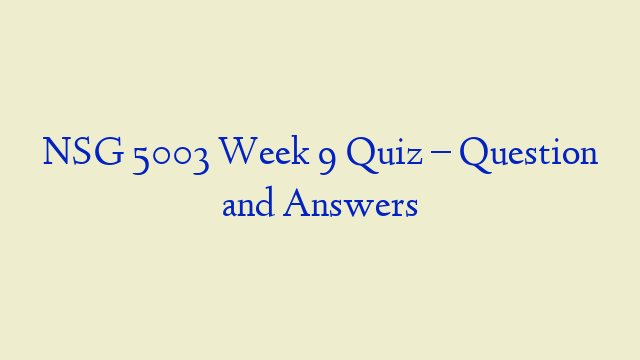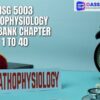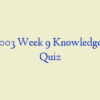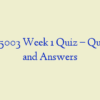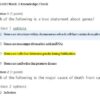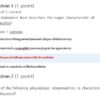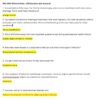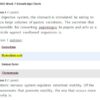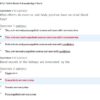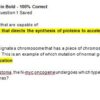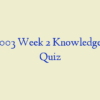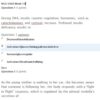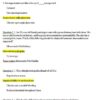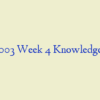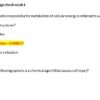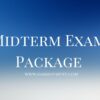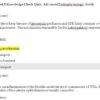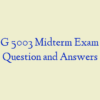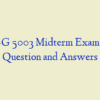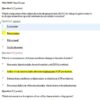Description
NSG 5003 WEEK 9 QUIZ STUDY GUIDE
- Cheyne-Stokes respirations are described as a:
- Vomiting is associated with central nervous system (CNS) injuries that compress which of the brain’s anatomic locations?
- Status epilepticus is considered a medical emergency because of the:
- A sudden, explosive, disorderly discharge of cerebral neurons is termed:
- A complex partial seizure is described as:
- What type of seizure starts in the fingers and progressively spreads up the arm and extends to the leg?
- Multiple sclerosis and Guillain-Barré syndrome are similar in that they both:
- What is the central component of the pathogenic model of multiple sclerosis?
- Multiple sclerosis is best described as a(an):
- It is true that Guillain-Barré syndrome (GBS):
- GBS is considered to be an autoimmune disease triggered by a preceding bacterial or viral infection. None of the other options are true of GBS.
- Which assessment finding marks the end of spinal shock?
- What indicates that spinal shock is terminating?
- Spinal cord injuries most likely occur in which region?
- The edema of the upper cervical cord after spinal cord injury is considered life-threatening because of which possible outcome?
- What group is most at risk of spinal cord injury from minor trauma?
- What are the initial clinical manifestations immediately noted after a spinal cord injury? (Select all that apply.)
- A complete loss of reflex function in all segments below the level of the lesion characterizes a spinal cord injury. Severe impairment below the level of the lesion is obvious; it includes paralysis and flaccidity in muscles, absence of sensation, loss of bladder and rectal control, transient drop in blood pressure, and poor venous circulation. Neither headache nor hypertension is an initial clinical manifestation related to a spinal cord injury.
- Why does a person who has a spinal cord injury experience faulty control of sweating?
- Body temperature fluctuation and cervical spine injury
- Autonomic hyperreflexia–induced bradycardia is a result of stimulation of the:
- A man who sustained a cervical spinal cord injury 2 days ago suddenly develops severe hypertension and bradycardia. He reports severe head pain and blurred vision. The most likely explanation for these clinical manifestations is that he is:
- It is true that myasthenia gravis:
- Exertional fatigue and weakness that worsens with activity improves with rest, and recurs with the resumption of activity characterizes myasthenia gravis. None of the other options are true of myasthenia gravis.
- In which disorder are acetylcholine receptor antibodies (IgG antibodies) produced against acetylcholine receptors? nsg 5003 week 9
- The main defect of myasthenia gravis is the formation of autoantibodies (an immunoglobulin G [IgG] antibody) against receptors at the Ach-binding site on the postsynaptic membrane. This defect is not found in any of the other options.
- What is the most common opportunistic infection associated with acquired immunodeficiency syndrome (AIDS)?
- Which body system is the largest site for human immunodeficiency virus (HIV) infection in infants and children?
